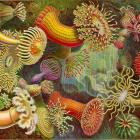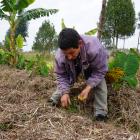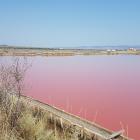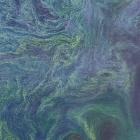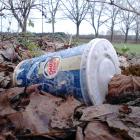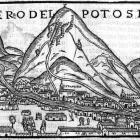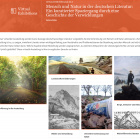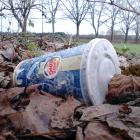Building Cinque Terre: A Grapevine Viewpoint (Italy)
Building Cinque Terre: A Grapevine Viewpoint (Italy)
In this chapter from the virtual exhibition “Global Environments: A 360º Visual Journey,” Sarah Elizabeth Yoho’s 360° video captures the process of constructing a dry stone wall in Italy’s Cinque Terre. In cooperation with community organization Tu Quoque Vernazza, it was filmed over nine days and is shown in time-lapse. The camera captures the grapevine’s point of view of Cinque Terre life.




